Gran Vals by Francisco Tárrega (1852–1909). PDF Sheet Music or Tab for Classical Guitar. This is also known as the Nokia tune, Grande Valse or Grand Waltz. Includes both a notation-only edition and a TAB edition as well. The level is early advanced (Grade 9). This is one of the most popular works in the guitar repertoire. It’s also known as the Nokia tune or Grande Valse / Grand Waltz. It has been the icon of Finnish corporation Nokia since the 1990s, becoming the first identifiable ringtone on a mobile phone. Here’s the YouTube Lesson Link if you want to watch it there.
My PDF Sheet Music or Tab Edition
Gran Vals Lesson Notes
Play the melody on its own. By playing the melody on its own you’ll learn the legato phrasing and dynamic shaping that is ideal for the piece before adding in all the difficult chords and shifts. Here’s the first two lines of Gran Vals with the melody highlighted.
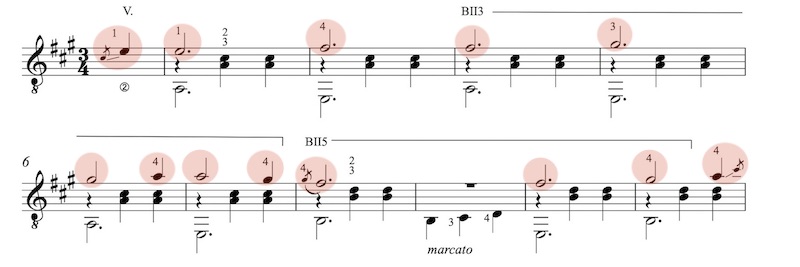
Practice it slowly with a metronome at first to ensure you have the correct rhythms. After playing the melody on its own you can try playing the piece slowly with a metronome. Gran Vals has the potential for lots of rubato but before you start adding a bunch of rhythmic give or take it’s important to be able to play the music as written. The notation is as close to the rhythm as Tarrega could write so we know the correct rhythms. After you can do this you can relax it a bit and add rubato where desired.
At first practice with three beats per bar on the metronome and how you feel the beat but later I’d recommend feeling this work in just one beat per bar for a more simple rhythmic feel.
More tips for Gran Vals
- The Harmonic will come out more clearly if you go a bit ponticello (near the bridge) in the right hand.
- Look for guide fingers (keeping a finger down on the string during a shift). There are tons of opportunity for guide fingers and it really reduced the destabilizing nature of all the shifts.
- Practice without the ornaments at first to secure the primary notes. There is so much going on sometimes that it’s best to lock down the primary notes first.
The remaining specific ideas are covered in the video. Enjoy. Feel free to ask questions in the comment section below.
Samples
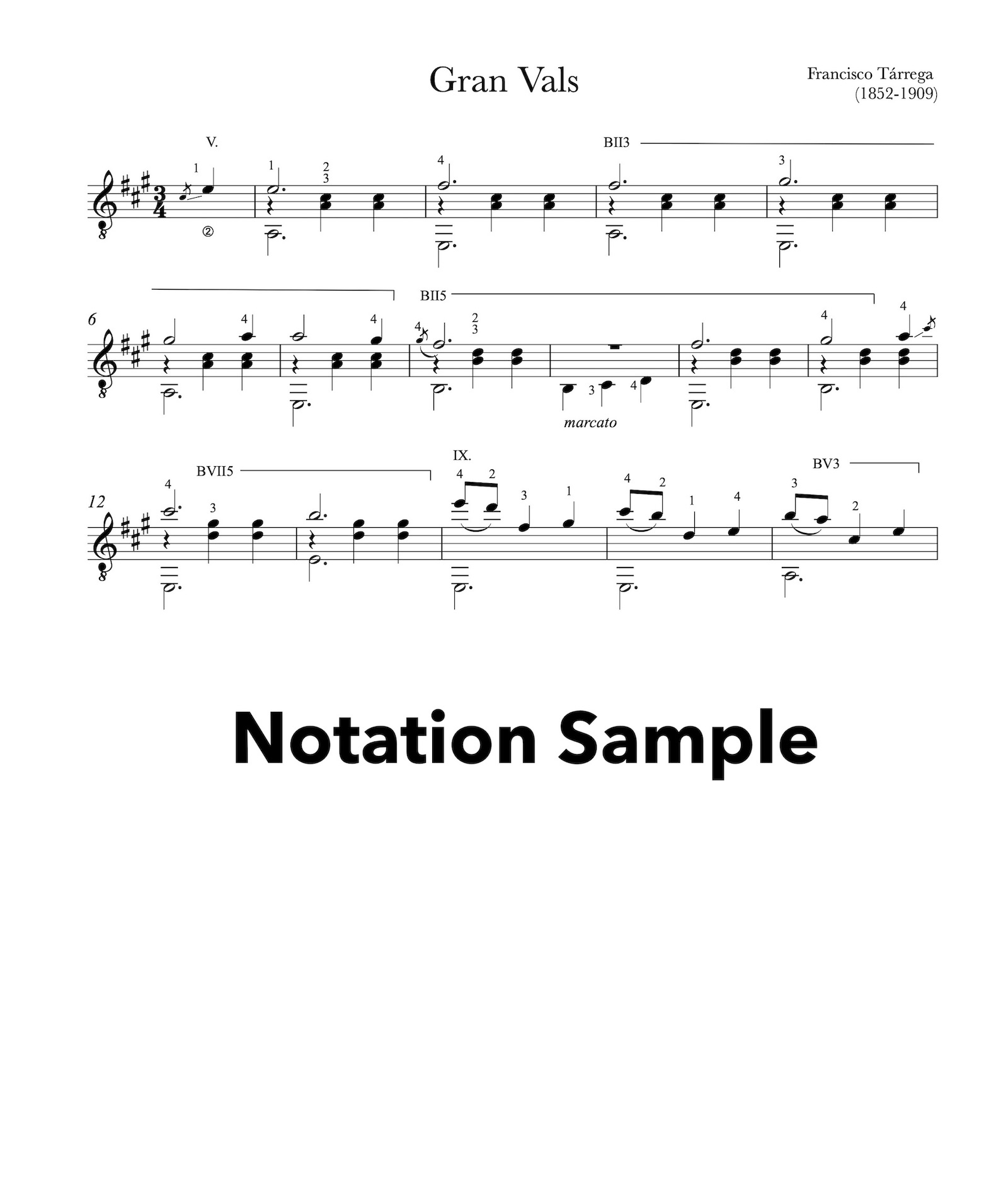
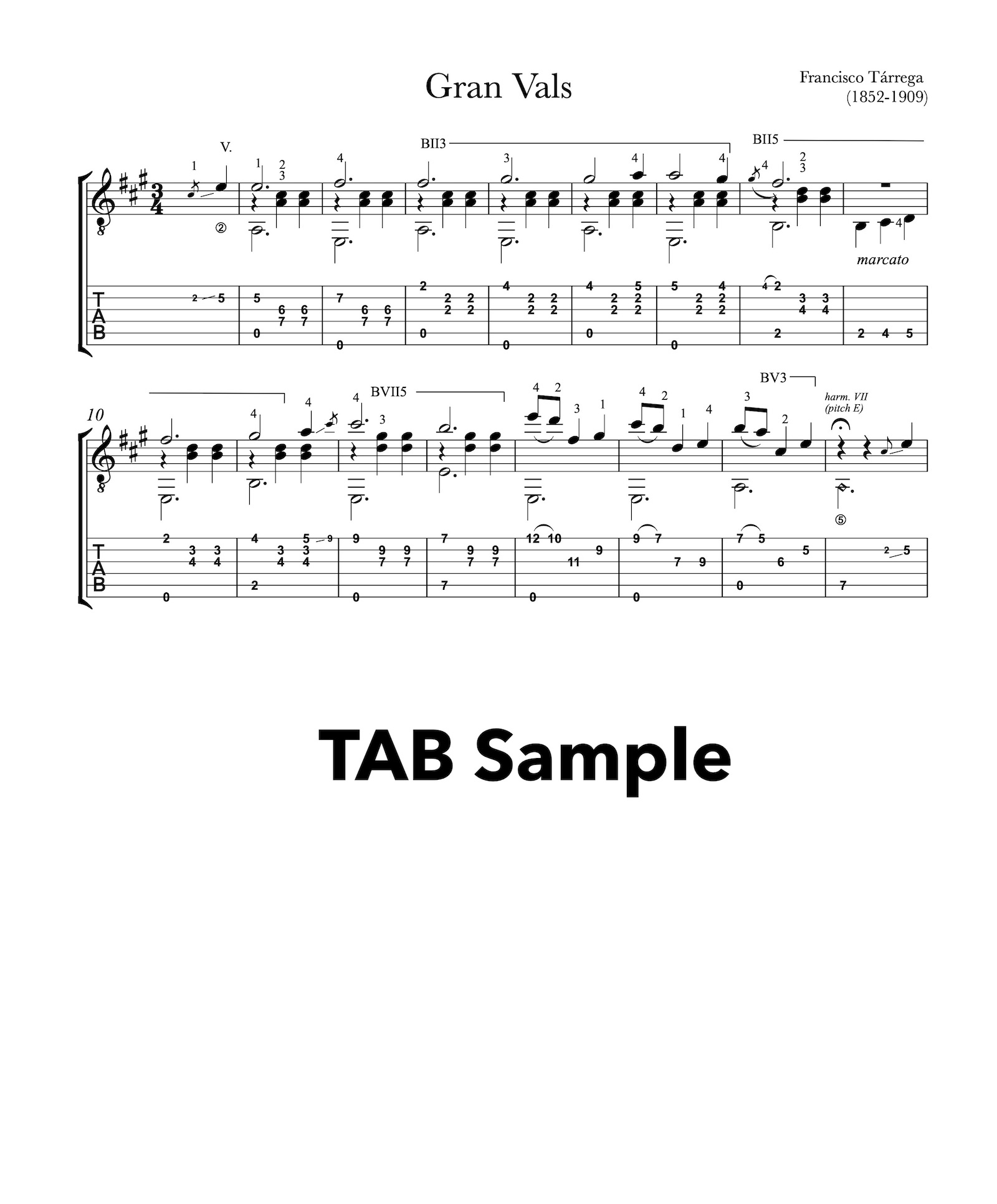
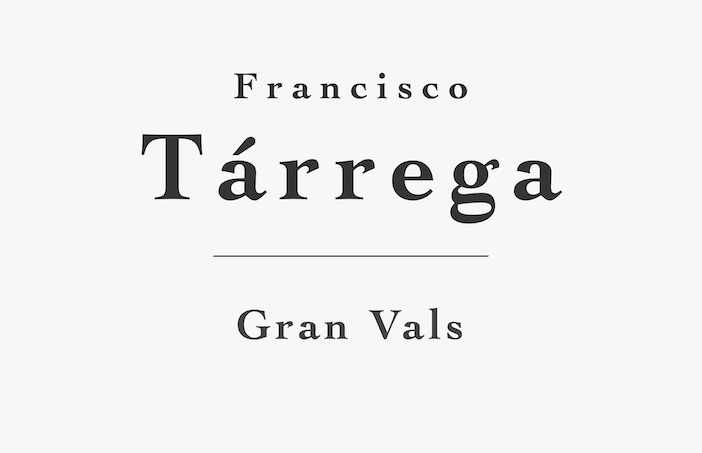

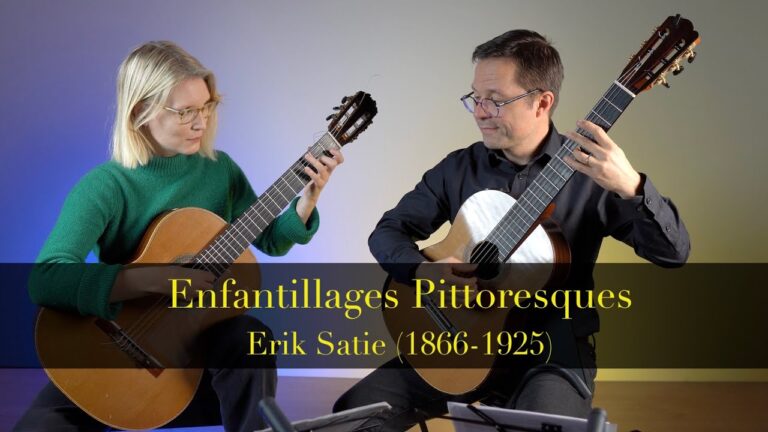
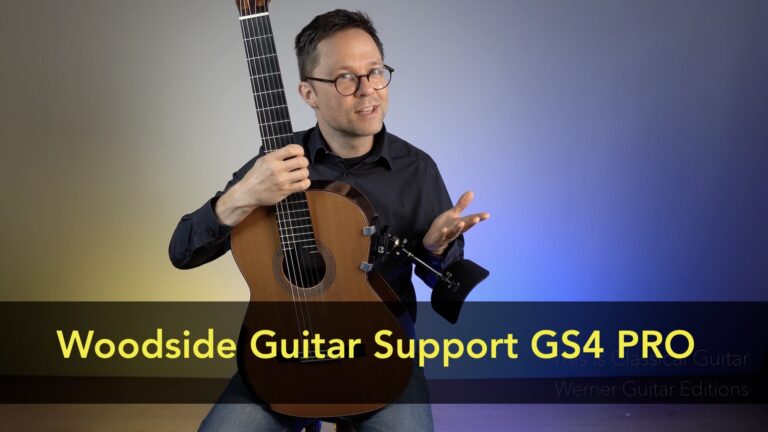
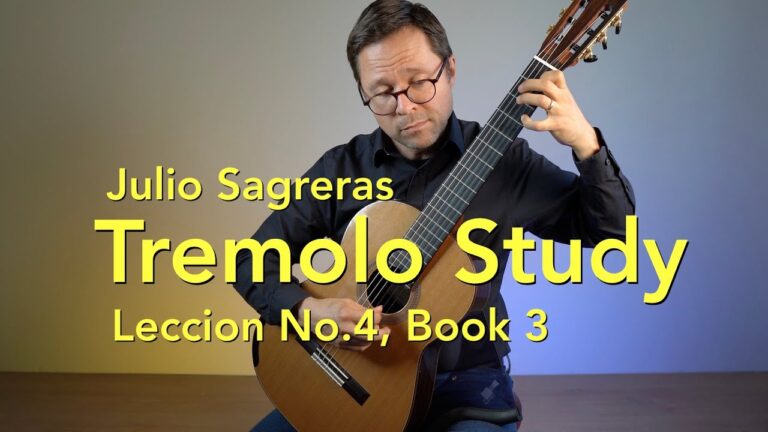
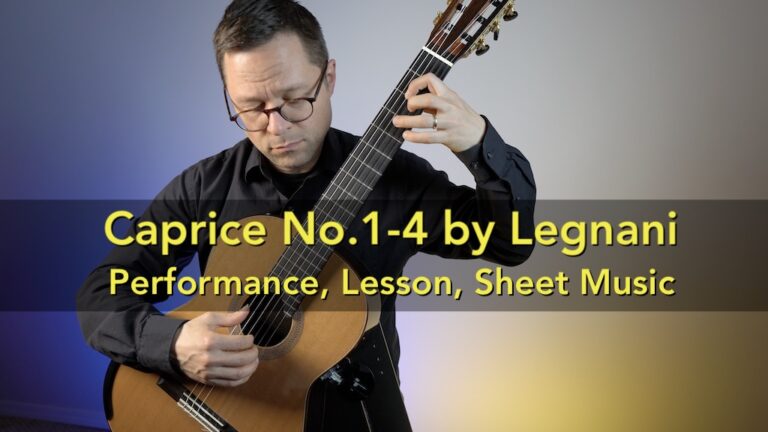
I love this piece and your instructional video. It is very helpful, especially on the glissandos in the second part. The third part is the most difficult for me, not technically but in terms of holding those barres. Fortunately I’ve managed to figure out how to relax parts of the barring finger without creating buzz. Anyway, great work!
Like the this piece by Francisco Tárrega. Can you post more tutorials of some of Francisco Tárrega exercises, please? Thanks.